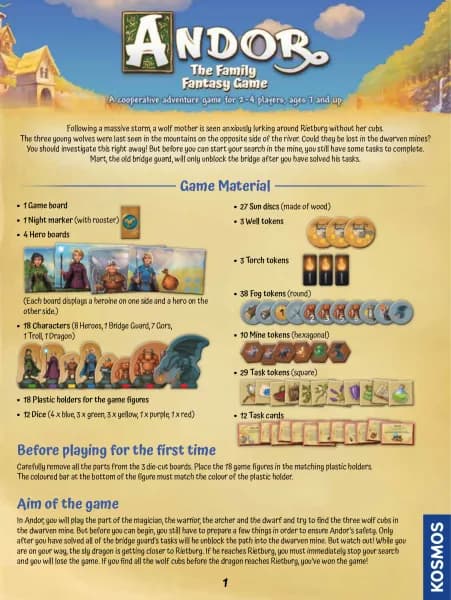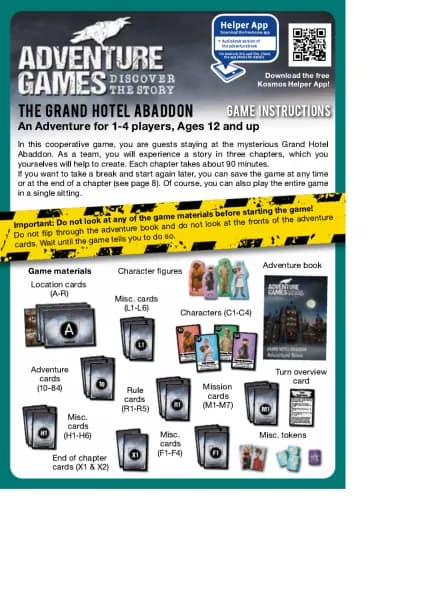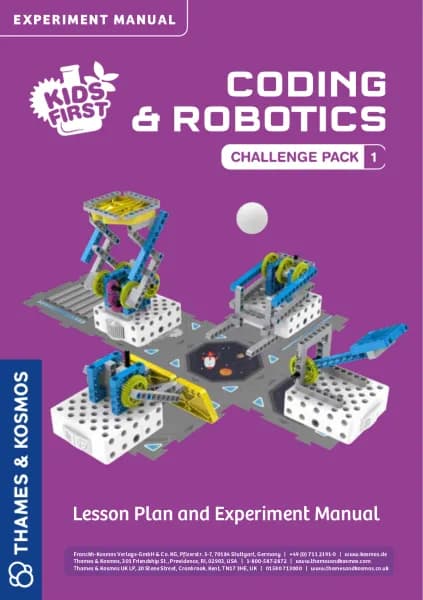Thames & Kosmos Perfume Science handleiding
Handleiding
Je bekijkt pagina 31 van 36

29
Do not forget
to write down
the individual
steps for your
formula so
that you can
recreate the
perfume later.
FREESTYLE PERFUMERY
Now for the greatest challenge in perfume
creation: the free style combination. This
method is the method most often used in
the development of classical perfumes or
eau de toilettes. Begin with a large amount
of the Basic Perfume Oils to which you
gradually add more perfume oils.
> Materials from the kit: all 8 perfume
oils, measuring cup, stirrer, Finalio, flacons
or mini flacons, funnel, pipette
> Additional materials: pencil,
notepaper, smell strips
Experiment
1. Decide which type of perfume you
wish to compose. To do this, review page 24
where you will find the different fragrance
descriptions.
2. Select a fragrance direction, for
example Lemony if you wish to get a fresh,
citrus perfume, or Tropica if your perfume
should have a pure fruity note.
3. Put 20 drops of the first oil of your
choice into the measuring cup and check
it with a smell strip. This is the starting
fragrance note.
4. Where would you like to take it
now? Sniff the other bottles if you can’t
remember their fragrance precisely.
5. Once you have decided, add the
second perfume oil drop by drop until you
have reached your goal for the fragrance.
6. Now you can add more perfume oils
according to the same procedure.
7. When you are sure that you have
achieved the optimal fragrance, it is time
for Finalio. If your perfume seems too
oily or it is difficult to spray, carefully add
Finalio drop by drop.
Professional Tips
> Smell carefully at each step and write
everything down. Take a break for at
least three minutes when the perfume
oils begin to smell more and more similar,
or when your composition does not seem
to change significantly any more.
> Add only one perfume oil at a time until
you smell the desired change.
> Using more perfume oils does not mean
that the perfume will be better. Limit
yourself to a few oils per creation.
> Add Finalio only after you have
completed your composition.
> The more often you test the result with
your nose, the more certain you can be to
achieve your favorite perfume.
> The final smell testing of the finished
perfume, diluted with Finalio, must be
done a few times. Allow at least one
minute between tests. Your nose will
refuse to recognize any further variation
in the fragrance until after the pause.
> After enough practice you can increase
the volume per perfume creation by
beginning with a larger quantity of the
Basic Perfume Oil, for example 20 drops.
> If you want your perfumes to be made
exactly for the flacons in the kit, you must
do a little calculation. Your parents might
help you with this. Here is the important
information from which to calculate
the quantities: 30 drops of perfume oil
or Finalio are equivalent to about 1 ml
liquid. You can find out the capacity of
the flacons from the contents list.
> With more experience, you can design
perfumes with less frequent smell tests
and breaks. This protects your nose so
that you can work longer without a
break.
Bekijk gratis de handleiding van Thames & Kosmos Perfume Science, stel vragen en lees de antwoorden op veelvoorkomende problemen, of gebruik onze assistent om sneller informatie in de handleiding te vinden of uitleg te krijgen over specifieke functies.
Productinformatie
| Merk | Thames & Kosmos |
| Model | Perfume Science |
| Categorie | Niet gecategoriseerd |
| Taal | Nederlands |
| Grootte | 9865 MB |







